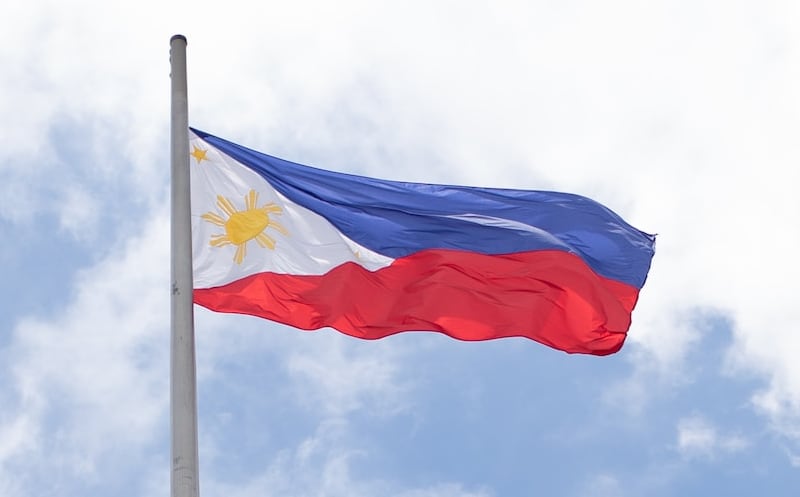Philippines not currently planning to sponsor second cat bond: Treasurer de Leon

The Government of the Philippines is not currently planning to revisit the catastrophe bond market to replace its matured cat bond issuance, its Treasurer Rosalia de Leon told a local news outlet.
The Philippines government had sponsored a World Bank issued IBRD CAR 123-124 catastrophe bond back in 2019 that provided it with a $225 million source of both earthquake and typhoon wind and rainfall protection, on a parametric trigger basis.
That cat bond responded as designed to provide the Philippines government a $52.5 million recovery payout, from the originally $150 million of tropical cyclone exposed Class B cat bond notes, following the impacts of super typhoon Rai (locally known as Odette) in late 2021.
The Philippines World Bank cat bond was also on-watch due to additional storm related wind and rainfall, view the timeline here, but eventually matured without investors facing any further losses.
As we reported back in March, the government’s focus was said to have shifted back towards indemnity insurance protection against disaster risks.
The country was said to be seeking indemnity insurance protection for certain of its critical infrastructure, with this disaster insurance being pursued instead of a renewal of its World Bank catastrophe bond.
Now, the National Treasurer of the Philippines Government, Rosalia de Leon, has confirmed that focus on the indemnity solution, for now at least.
de Leon told local news outlet Business World that the country is “Not planning a follow-up cat bond issue.”
Adding that, “We are working with the Budget department on insurance of strategically important assets like schools and hospitals to provide necessary funding for rehabilitation when damaged from natural hazards.”
The Philippines has changed its disaster risk transfer and insurance strategy repeatedly over the last decade, introducing different instruments and programs, from parametric catastrophe insurance, to the catastrophe bond, to indemnity disaster insurance protection.
None have lasted a particularly long time, while a range of pilot schemes have been implemented, for micro-level disaster insurance that have also since gone away.
It’s quite typical for governments to cycle through their options when it comes to natural disaster risk management and risk transfer, before settling on a layered structure approach that works for them, their population and economy.
Having accessed the capital markets, via ILS fund managers, through its parametric catastrophe insurance scheme in the past, and then more recently with the direct securitization approach of a World Bank issued cat bond, it seems highly possible we’ll see the Philippines reintroduce the capital markets to its disaster insurance arrangements again in time, once it has put in place the necessary layers of cover on an indemnity basis.






